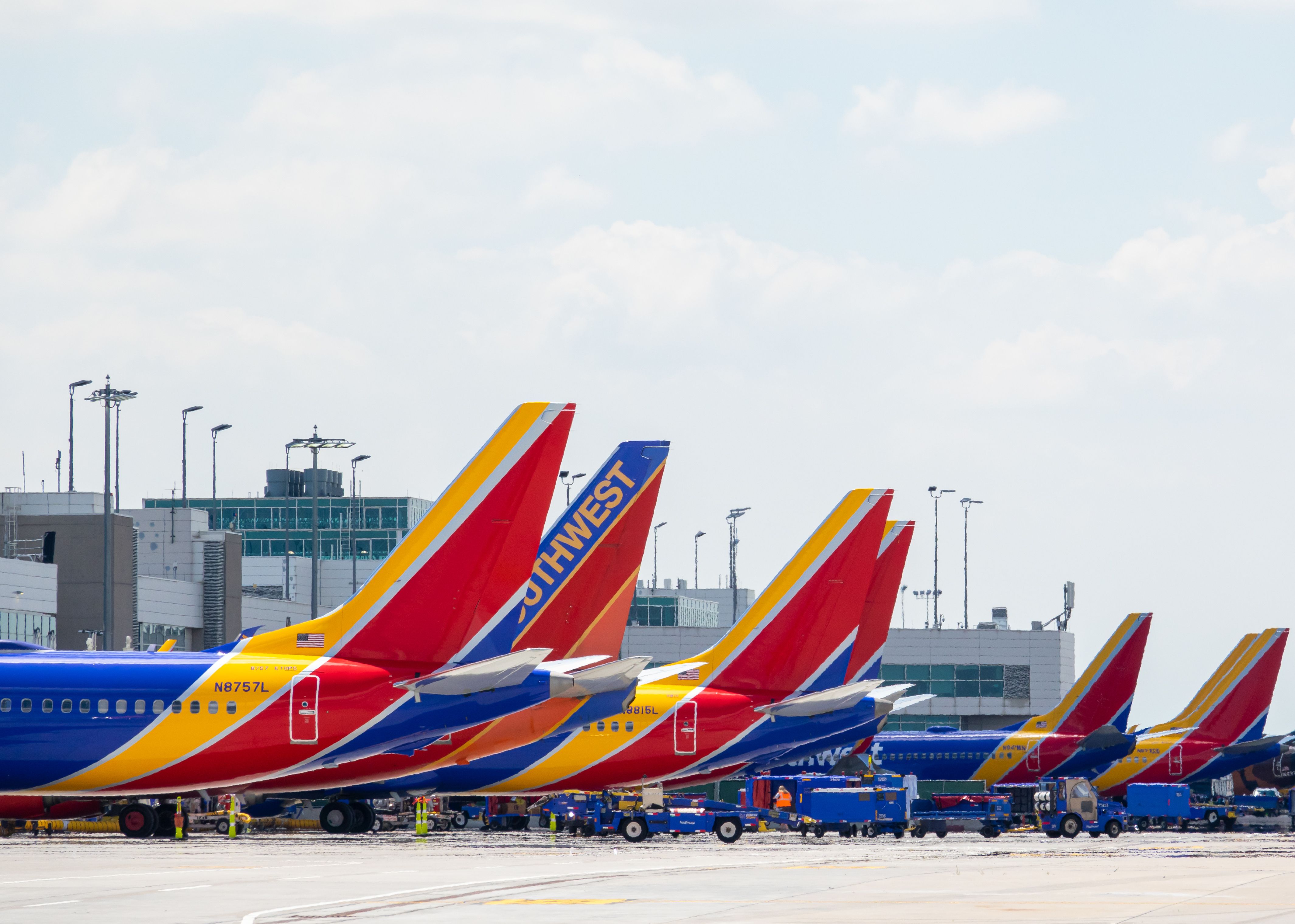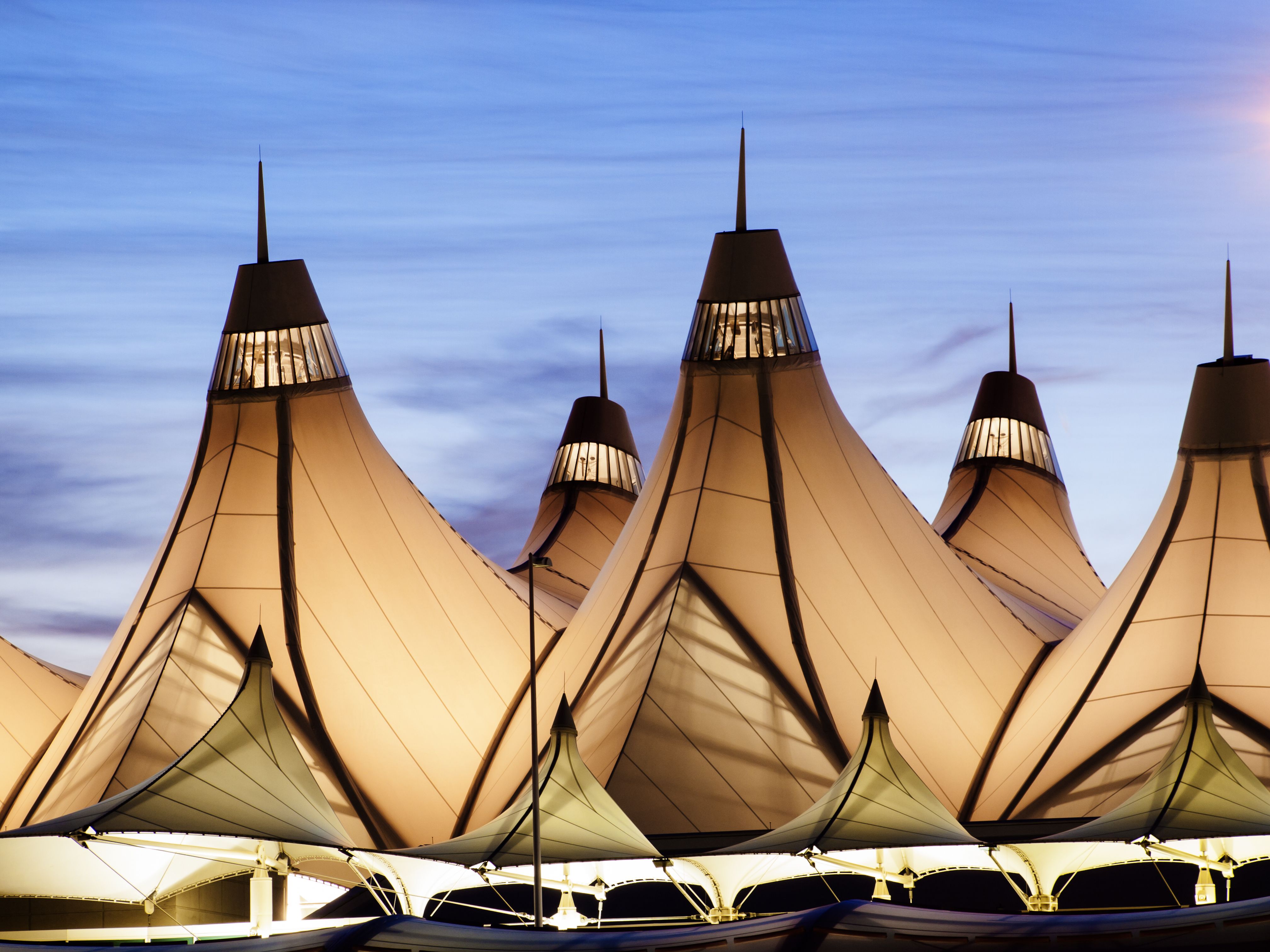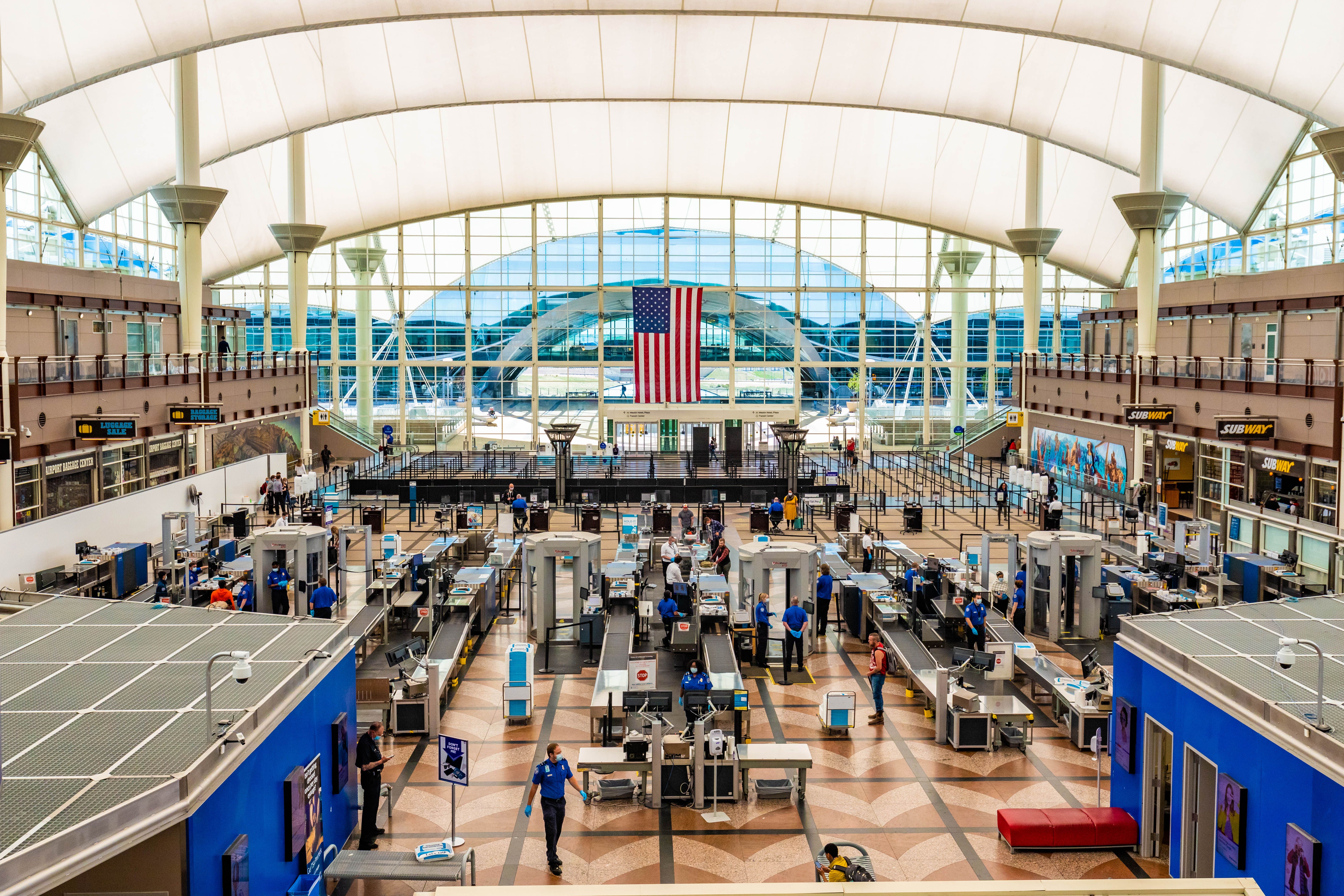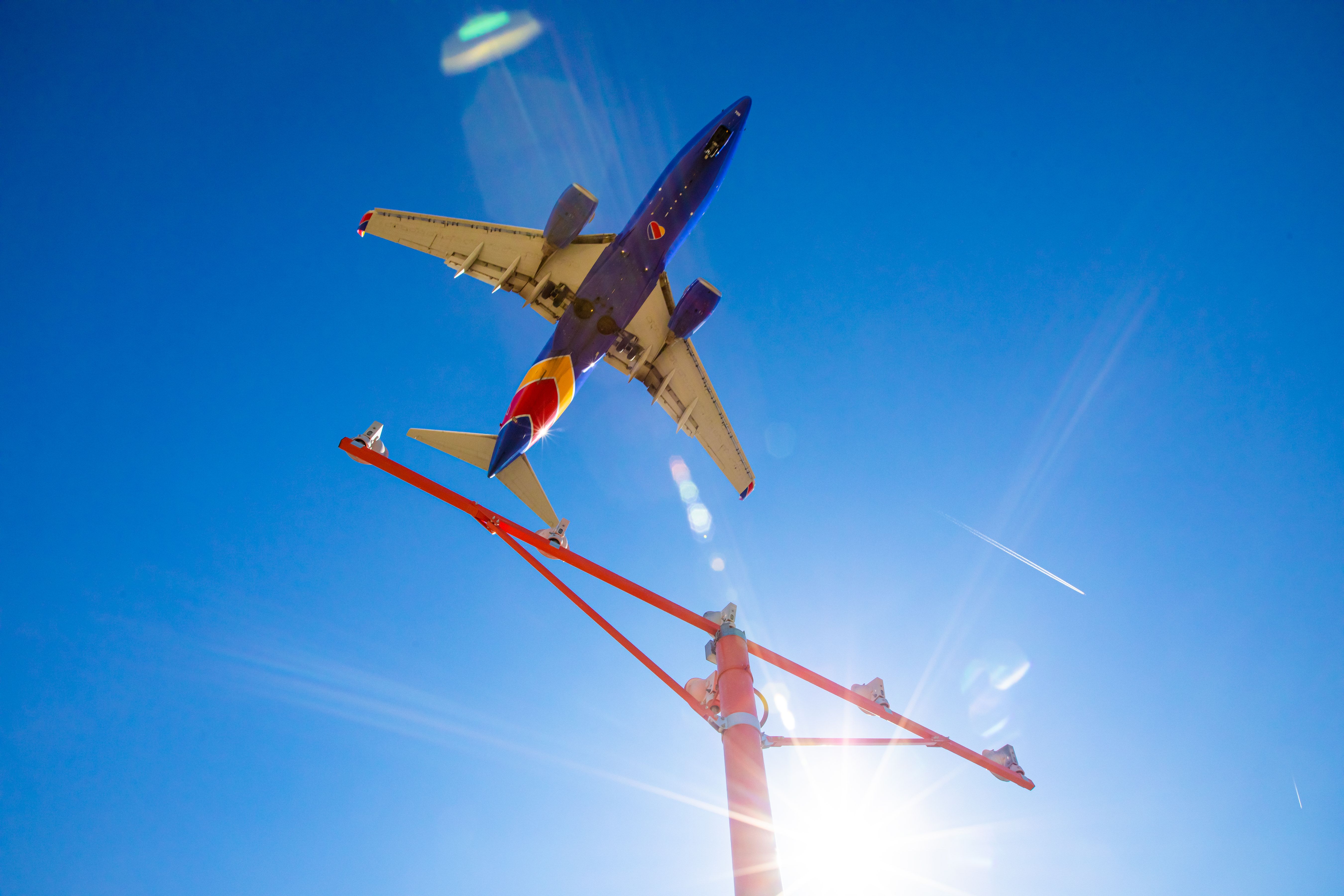Denver International Airport (DEN) is on its way to becoming a major travel hub, according to the latest data tracking its growth and expansion in recent years. Let's take a closer look.
The youngest airport in the United States
Denver International Airport opened to the public on February 28th, 1995, with a unique design inspired by the snow-covered peaks of the Rocky Mountains. The airport boasted an area of 54 square miles - the largest of any airport in the world at the time - and was intended to reinvigorate demand for travel through Colorado at a time when it was declining.
Since its inception, Denver International has grown to support over 200 destinations, including more than 25 international connections. The airport also transports nearly 700 million pounds of cargo per year, making it a significant contributor to the cargo industry.
Today, Denver International Airport remains the second-largest airport in the world, after King Fahd International Airport (DMM) in Dammam, Saudi Arabia. It also remains a major hub for United and Frontier Airlines, as well as a base for Southwest.
Recent expansion
In recent years, the airport has made great strides toward expansion by welcoming new airlines, adding new gates, and serving new destinations.
In 2018, Denver added WestJet and Edelweiss Air to the list of airlines that it serves. In 2019, that list was further expanded to include Cayman Airways, and in 2021, Southern Airways joined the pack.
The airport also added 39 new gates through its gate expansion program, giving it the ability to operate a greater number of flights at a time--an ability that it quickly capitalized on by adding 13 domestic and five international routes.
The most growth post-pandemic in the world
According to a recent OAG report, January in Denver will see 21.8% more seats at Denver International than there were pre-pandemic, in January 2019. Altogether, 3,588,151 seats will be offered from Denver this month, a 21.8% increase compared with January 2019. This makes Denver the airport that has added more capacity than any other in the world when comparing pre- and post-pandemic numbers.
Close behind is Las Vegas, adding 20.2% more seats this January than pre-pandemic. Only six other airports have achieved positive growth since 2019, including Miami, Orlando and Istanbul. On the other side of the coin, Singapore Changi still lacks 25% of the seats it had in January 2019, while Los Angeles, Paris Charles de Gaulle, and Guangzhou are all down around 15%.
A strong start to 2023
As Denver International looks ahead to 2023, it is clear that the airport is looking to continue its trend of expansion and serve as many flights as possible. In January alone, Denver expects to serve around 13,000 United flights carrying 1.6 million passengers as well as over 7,000 Southwest flights carrying 1.1 million passengers. The airport also expects to serve approximately 1,000 flights each for American, Delta, and Frontier Airlines.
The full list of airlines, number of flights per airline, and total seats per airline can be found below:
|
Airline |
Flights |
Seats |
|
Southern Airways Express |
111 |
999 |
|
American Airlines |
785 |
134,508 |
|
Air Canada |
154 |
17,360 |
|
Aeromexico |
59 |
9,440 |
|
Alaska Airlines |
143 |
24,902 |
|
JetBlue Airways |
153 |
25,896 |
|
British Airways |
31 |
7,696 |
|
Copa Airlines |
17 |
2,678 |
|
Delta Air Lines |
1,009 |
171,360 |
|
Frontier Airlines |
1,701 |
325,524 |
|
Icelandair |
6 |
1,000 |
|
Allegiant Air |
12 |
2,112 |
|
Key Lime Air |
400 |
14,113 |
|
Cayman Airways |
4 |
640 |
|
Lufthansa |
61 |
17,483 |
|
Spirit Airlines |
223 |
42,138 |
|
Sun Country Airlines |
27 |
5,022 |
|
United Airlines |
12,397 |
1,626,293 |
|
Southwest Airlines |
7,357 |
1,148,819 |
|
Volaris |
49 |
9,114 |
|
Total |
24,699 |
3,587,097 |
Over the course of the past 27 years, Denver International Airport has grown and expanded into one of the most influential airports in the United States. Today, it remains virtually essential to the country's aviation operation, with thousands of flights per day from various airlines. Whether or not the airport continues to experience the same success that it has seen for the past three decades is something that will be revealed in due time, but for now, Denver can expect a successful year ahead.
Sources: Denver International Airport, History Colorado, OAG




